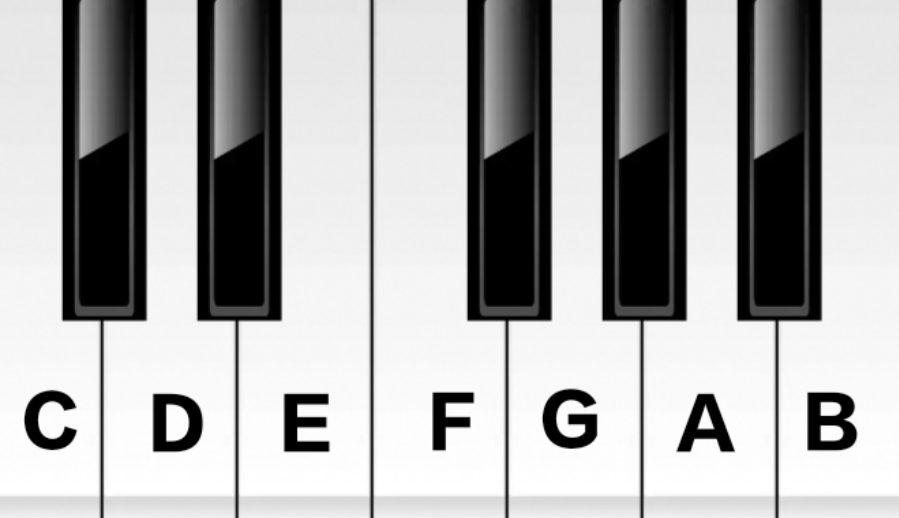

The following resources can help a novice learn the piano:
Scales for pianos
Scales are a basic musical idea that are among the first to learn. The most popular scale is the major scale, which is a useful starting point.
Theory of music
A visual illustration of music theory is the piano keyboard. Building scales and chords on the piano and other instruments can be facilitated by mastering a few fundamental formulae and patterns.
Training of the ears
Get your brain used to the twelve pitch frequencies found in Western music.
Online classes
Here are a few beginner-level online courses:
Whole Piano for Adult Learners: Concepts and Exercises A course that teaches you chords, rhythms, and progressions inside songs you are already familiar with Beginner.
Piano Lessons:
Learn how to compose chord progressions and perform accompaniments with this free course.
Piano for all:
A well-liked online course for pupils at the beginning to intermediate levels
Let's go over the procedures that will assist you in learning to play:
Recognize the keyboard's layout. With your right hand, begin to play the piano. Practice using your left hand to play the piano.
Use both hands to play the piano. Pick up some chords on the piano. Start by learning a chorded piano song. Play the song. Recognize the notes on the right-hand side.
Step 1
Doing this is simple and quick. Take note of the black note pattern. They are arranged all around the keyboard in groupings of two and three. Locate a pair of black notes, then locate the white note just to their left, and that is note C.
 The piano notes are titled A, B, C, D, E, F, and G, much like the alphabet. The alphabet pattern resumes after G.
The piano notes are titled A, B, C, D, E, F, and G, much like the alphabet. The alphabet pattern resumes after G.
Observe how the notes are consistently positioned in relation to the group of black notes:
for example, each A is positioned between the top two black notes in a group of three, and so forth.
Step 2
This is merely to give you some additional practice navigating the keyboard. Once you are comfortable with the keys, learning how to play is considerably simpler.
Along the process, you'll also practice your finger dexterity.
Your fingers should be numbered 1 through 5, with 1 being the thumb and 5 the pinky.
Position your right thumb on the C key, which is located in the center of the keyboard. Allow the remaining fingers to organically land on the remaining notes.
Finger practice
With 1 on C, 2 on D, 3 on E, 4 on F, and 5 on G, you should now be set up. Raise your wrist to allow you to support something on its back.
Ok guys, see you in lesson 2.
